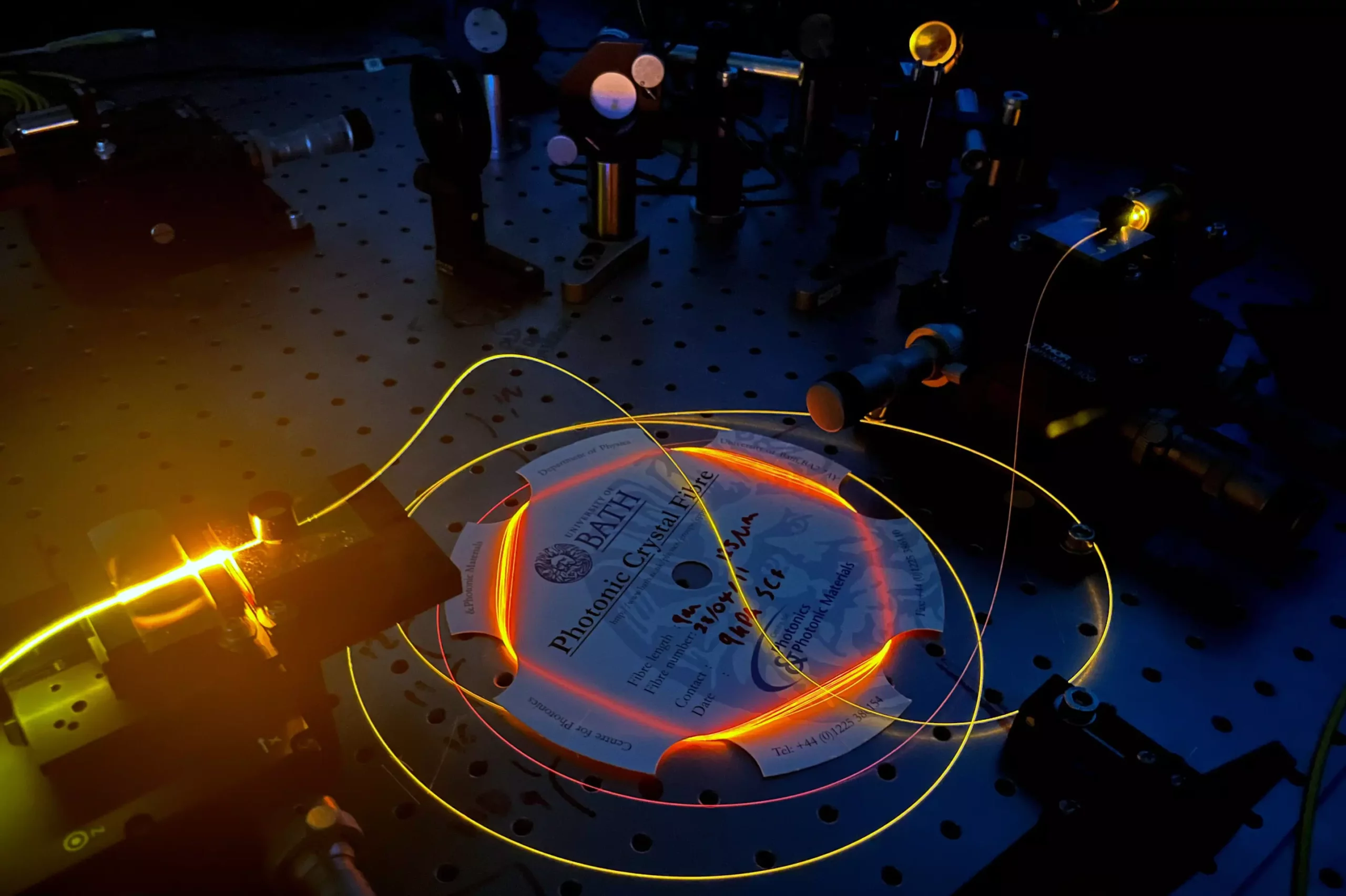The landscape of computing is on the brink of a revolutionary shift, driven by the emergence of quantum technologies. These innovations promise unprecedented capabilities, from solving intricate problems and enhancing drug discovery to enabling unbreakable secure communications through advanced cryptography. However, the backbone of our current data transmission infrastructure—standard optical fibers—may fall short in this new era. Recent developments by physicists at the University of Bath in the UK reveal specialized optical fibers designed to harness the potential of quantum computing effectively. This groundbreaking work signals a transformative leap forward in how we envision data exchange in the quantum age.
Deficiencies of Conventional Optical Fibers
Standard optical fibers have served as the foundation of global telecommunications for many years. However, they utilize solid silica cores that impose significant limitations when it comes to transmitting quantum information. Unlike regular fibers, which transmit light governed solely by the material properties of silica, the new fibers crafted at Bath adopt a micro-structured core comprised of intricate air pocket patterns. Dr. Kristina Rusimova, a prominent researcher in the study, emphasizes that these new designs not only facilitate cutting-edge quantum technology but are essential for addressing the impending data-demanding requirements of the future.
The limitations of conventional optical fibers are particularly evident when it comes to their operational wavelengths, which do not align with the needs of essential components like qubits and single-photon sources expected to dominate quantum communication.
Specialized Fibers and Their Unique Capabilities
The innovation at the University of Bath centers on the unique properties of micro-structured optical fibers. These structures allow for a manipulation of light properties, enabling phenomena such as the generation of entangled photon pairs—crucial for the operation of quantum systems. Dr. Cameron McGarry, who played a pivotal role as the first author of the related academic paper, articulated the vision of a quantum internet, comparable to our existing internet, but fundamentally reliant on these new fibers. The vision isn’t merely to transport information but to create a complex web of communication that can facilitate quantum computing directly at the node level.
The research team explored potential applications of these specialty fibers, which extend beyond mere connectivity. These fibers could act as sources of entangled photons, serve as quantum wavelength converters, or function as low-loss switches. They could even host Quantum Memory units, allowing for a new class of computational designs that traditional wires cannot accommodate.
Quantum Advantages: Beyond Simple Efficiency
The term “quantum advantage” defines the capability of quantum devices to outperform traditional computing methods. This notion is not just a theoretical construct; it is a goal that researchers are actively working to manifest. Yet, the journey to realize this potential is fraught with technical challenges that require innovative solutions—many of which may emerge from the ongoing developments in optical fiber technology at Bath.
Dr. Alex Davis, a fellow engaged in this pioneering work, underscores the capacity of these specialty fibers to confine and transport light over long distances effectively. This characteristic doesn’t just enable the generation of entangled photons; it lays the groundwork for creating intricate quantum states that can revolutionize computing, enhance precise sensing techniques, and secure communication channels against potential breaches.
A Collaborative Global Effort
While the University of Bath leads in the design of these optical fibers, the excitement surrounding microstructured optical fibers is a global phenomenon. Researchers worldwide are contributing to expanding the capabilities of these fibers, exploring their implications for both academic research and industry applications. Dr. Kerrianne Harrington, a postdoctoral researcher, expressed the collective enthusiasm within the academic community regarding the novel applications these fibers can bring to future quantum technologies.
The implications of this research extend far beyond the lab. The ability to generate and manipulate light at unprecedented levels can lead to robust solutions in various fields, including secure messaging, where quantum encryption can transform our understanding of privacy and security.
In the maze of innovation, the optical fibers crafted at the University of Bath stand as the linchpin for the future of quantum discovery. As quantum technologies burgeon, highlighting the limitless capabilities of light in calculation and communication, it is clear that a radical transformation in how we transport information is not just desired—it’s mandatory.

